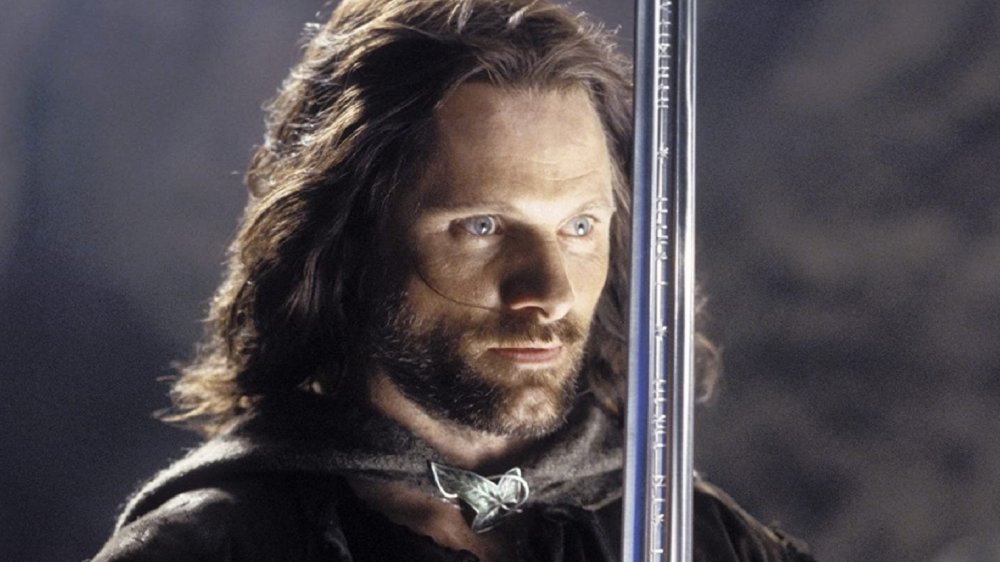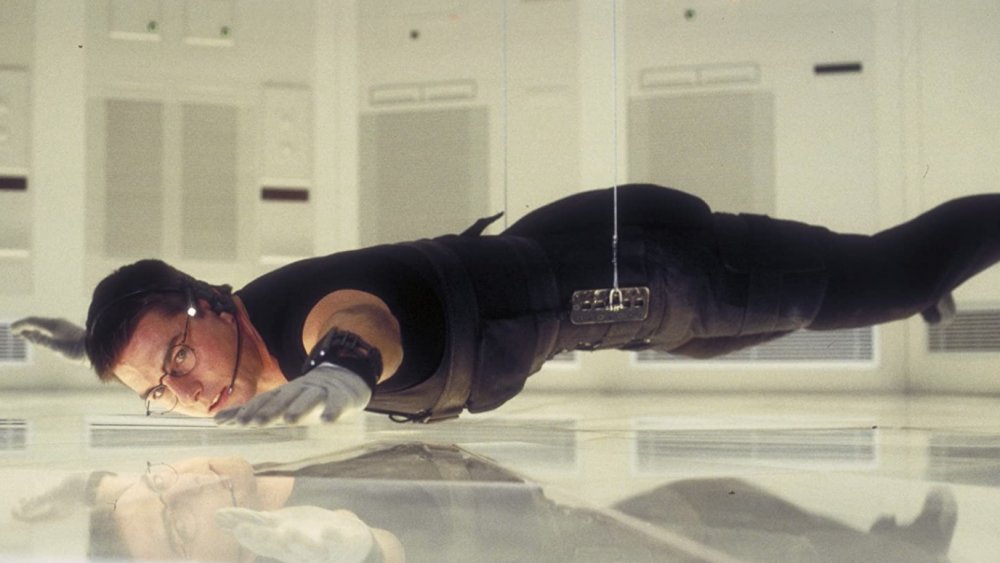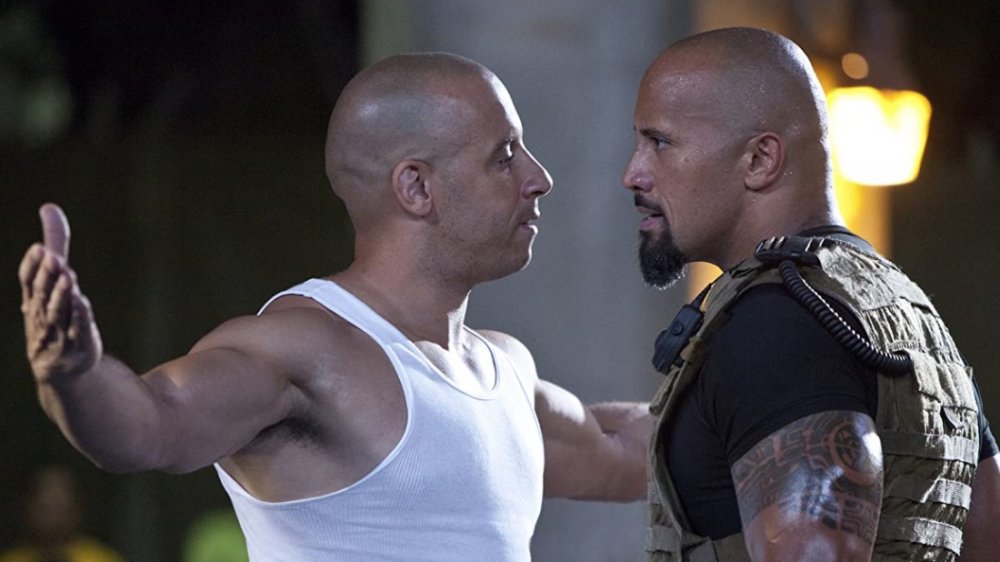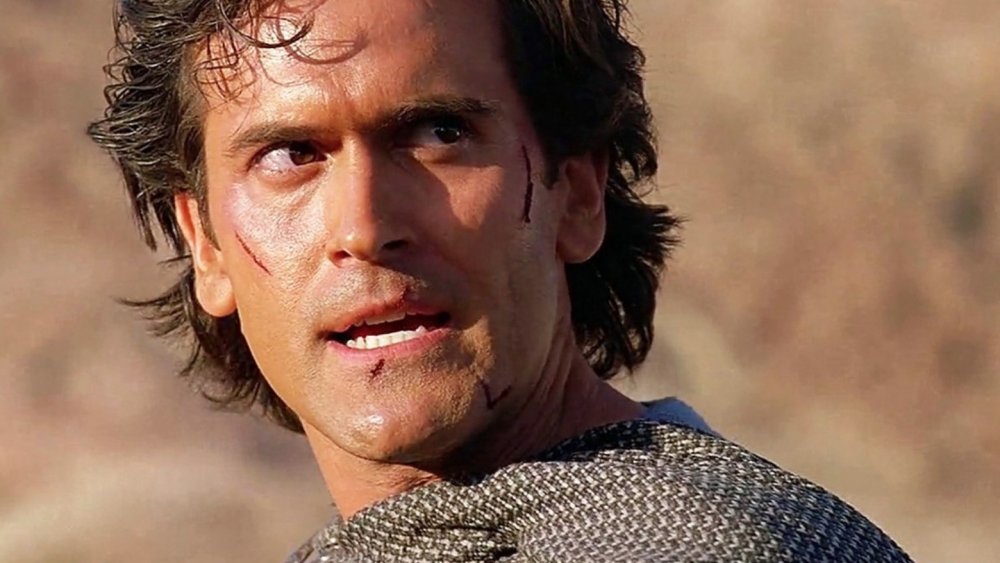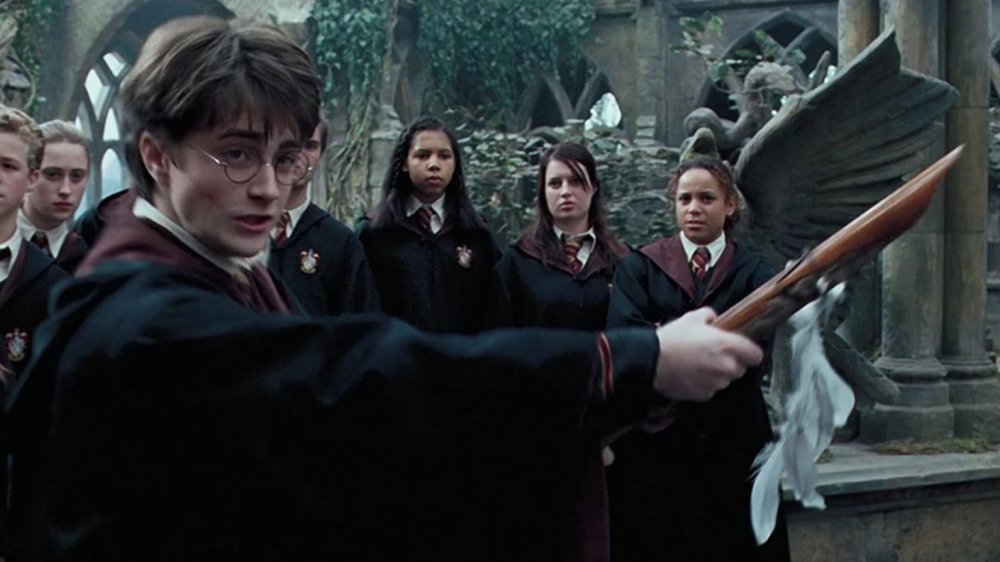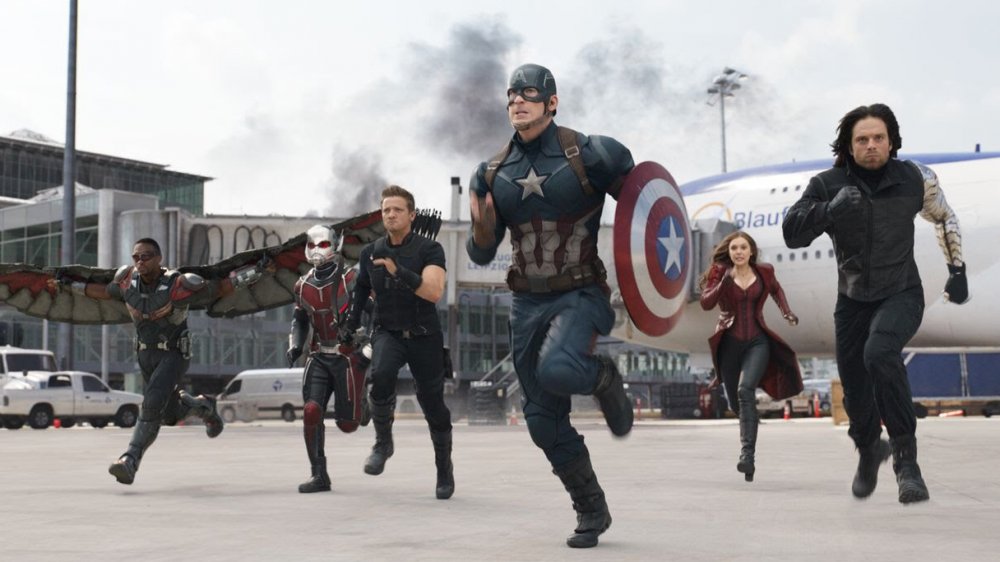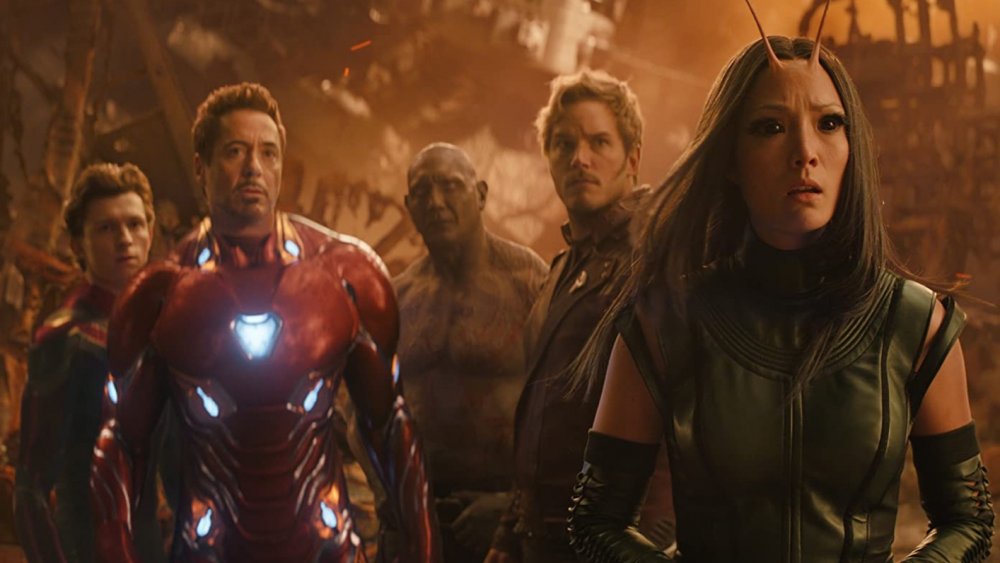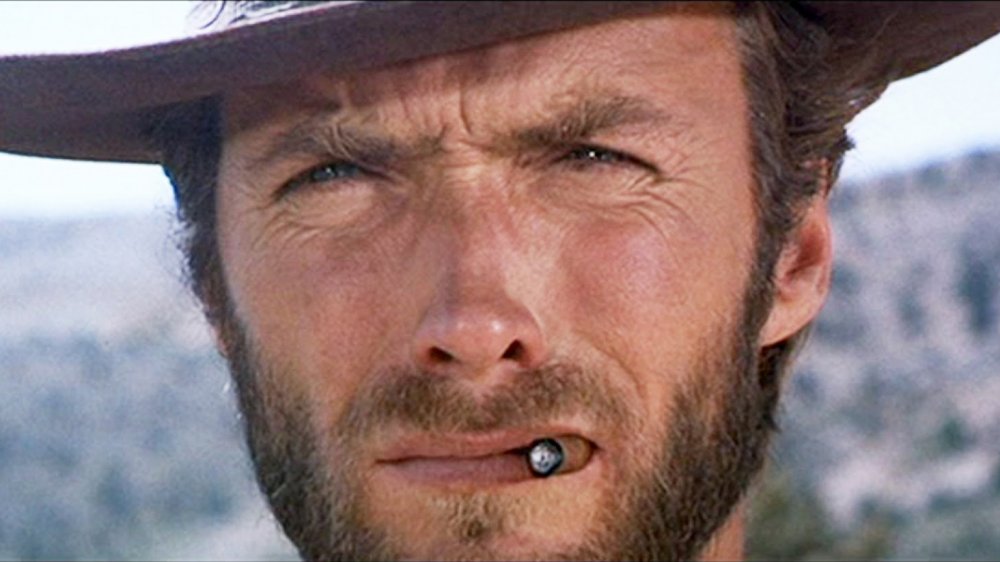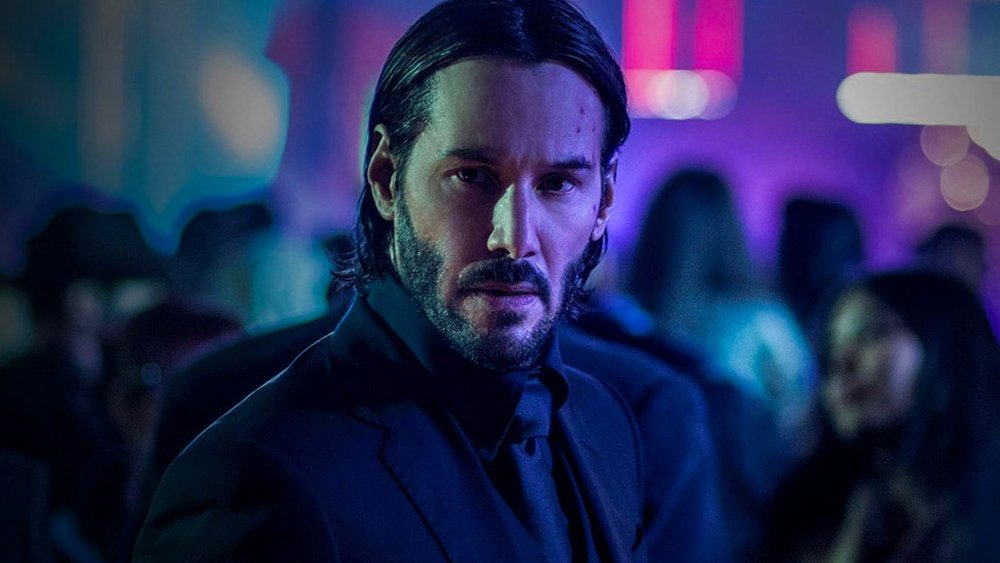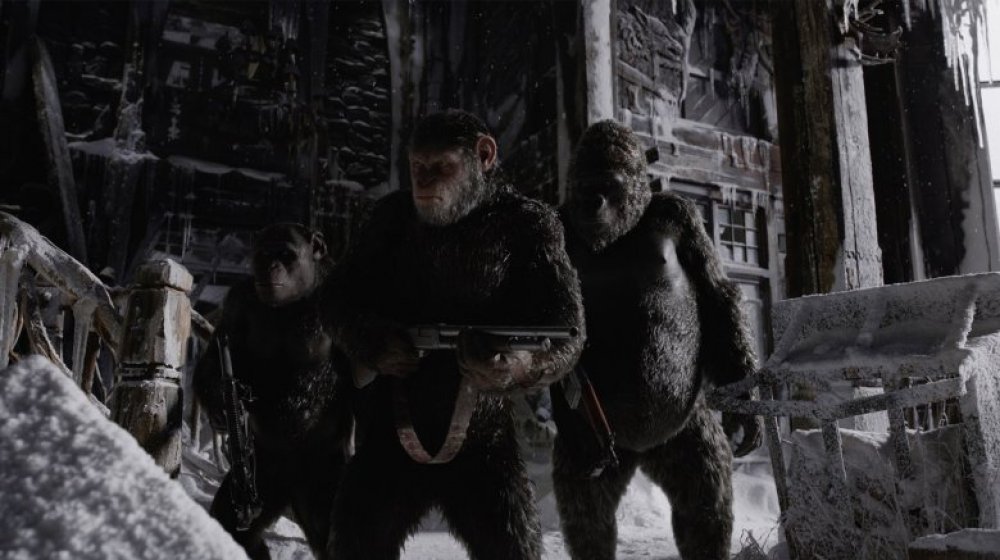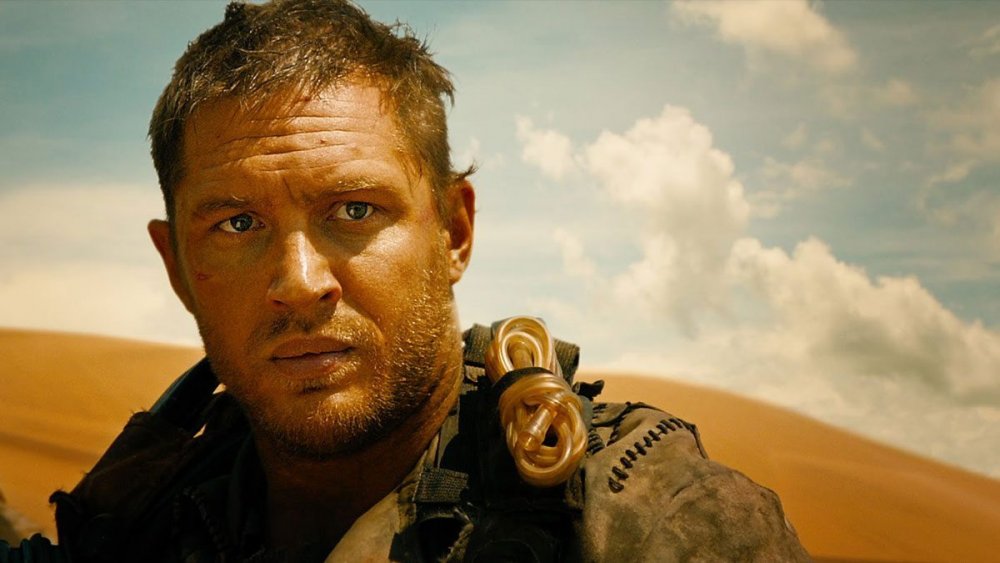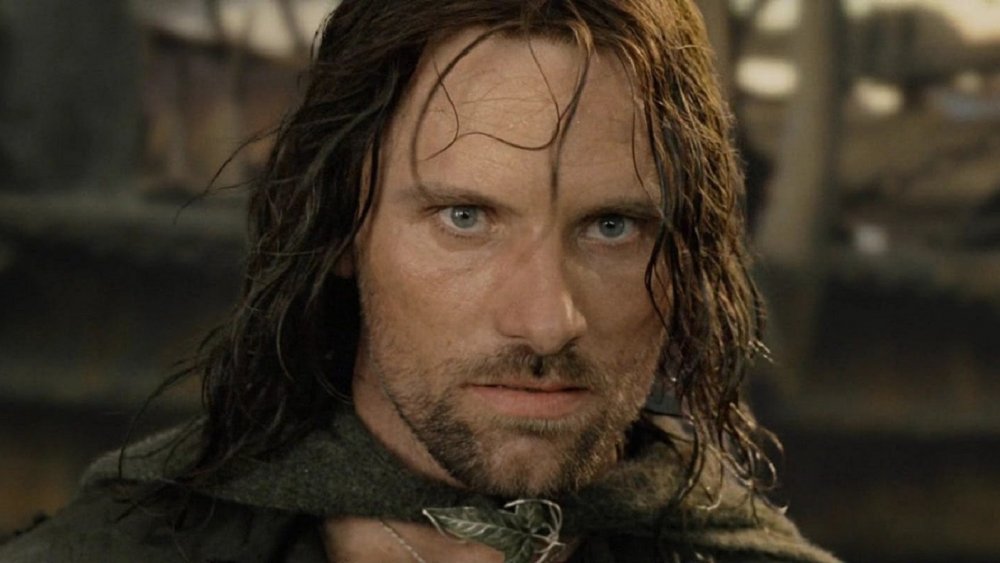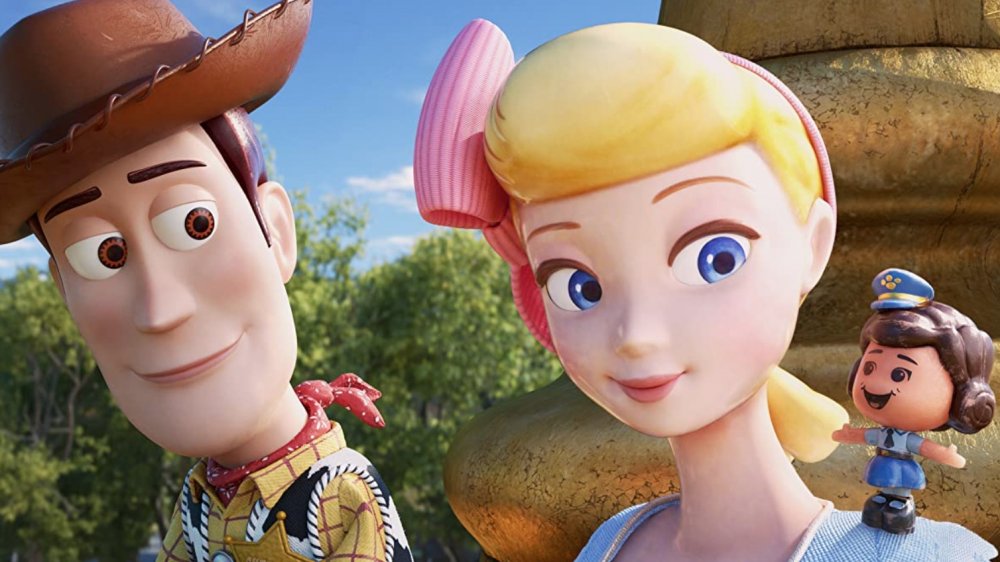Franchises That Kept On Getting Better
Franchises are not like fine wine — they do not get better with age. In fact, most of them get worse. Much, much worse. Like "I've lost my faith in humanity" worse. But that's what happens when the guiding principle for most movie studios isn't "art for art's sake" but "make more money now!" Many great franchises start strong, have a "second film bump," (The Empire Strikes Back, Spider-Man 2, The Dark Knight), and then fall apart for the third film. Meanwhile, there are other movie series that didn't warrant a franchise in the first place, and they started their precipitous decline with their first sequel.
As movie fans, we've glumly accepted that many beloved franchises will eventually let us down. Most ... but not all. There are some diamonds hidden in all that garbage, movie series that inexplicably, improbably, unimaginably got better. These might be multi-film franchises that may have had a few near misses here and there, only to reach their greatest heights at the end, while other are series that got better with each successive film. Many even have the Rotten Tomatoes ratings to prove it. Planning your next movie marathon? You won't be disappointed. Here are the franchises that kept on getting better!
This Tom Cruise franchise does the impossible
Mission: Impossible has done what no live-action movie series ever has, lasting three decades and several films with the same star, all while actually getting better. Seriously, what other franchise has done this ... well, except for the Godzilla movies starring Godzilla? But hey, what would you expect from a franchise with "impossible" in the title? Mission: Impossible started out as a cerebral thriller from Brian De Palma with a few explosions thrown in. Critics gave it a so-so 64%, while audiences gave it $457 million worldwide. Good numbers, but producer Cruise and company thought M:I needed more firepower, so they hired gunplay guru John Woo for number two. M:I II made $549 million worldwide, but the critical reception dipped to a "rotten" 57%.
Six years later, J.J. Abrams split the difference, and while M:I III earned a "fresh" 71%, its $399 million worldwide was the series' low point. The M:I series was successful but inconsistent, with three esteemed directors each making dramatically different movies. The franchise could only handle one auteur, and that was Cruise himself. Ghost Protocol, Rogue Nation, and Fallout have since adopted a consistent tone, and they almost seem like a separate franchise. They've performed like one, too, earning Tomatometer scores of 94%, 93% and 97%, respectively, as well as an average of $723 million worldwide. Mission: Impossible has done the impossible, which is even more impressive than one of Cruise's stunts.
The Fast and the Furious franchise continues to Rock
Has a franchise ever started as an urban thriller and turned into an over-the-top, action-packed, international spy series ... and actually gotten better? Honestly, we wouldn't think it was possible, but The Fast and The Furious franchise proved it could be done. The first Fast earned a "rotten" 53% Tomatometer score in 2001, but it still revved its way to $206 million worldwide on a $38 million budget. Then, 2 Fast 2 Furious (because just one "2" wasn't enough) ran without Diesel and got an even worse 36% score, but it made a little more ($236 million worldwide) on twice the budget. The wheels fell off with 2009's Tokyo Drift, which earned a 37% score and bombed with $157 million worldwide on a $85 million budget.
Normally, that's a franchise killer, but Diesel, Walker, and company returned for Fast & Furious, and while its 29% score wasn't good, the $363 million worldwide was. But let's be honest, the franchise went from "successful series" to "MCU-level blockbuster" thanks to Dwayne Johnson. Fast Five turbocharged the series to a 77% Tomatometer score and $630 million worldwide. The series' Tomatometer scores have stayed in that "Fresh" range since then, while the box office numbers have gotten much bigger, reaching a creative and commercial peak with Furious 7 — 82% Tomatometer and $1.5 billion worldwide, one of the highest-grossing films ever. From a series that went from "ugh, another one?" to "yes, another one!" in just a few years, The Fast and the Furious franchise definitely belongs on this list.
The Evil Dead keeps getting groovier
Some may think a franchise that has earned a combined $154 million worldwide doesn't belong on this list. Some would be wrong. To Evil Dead-Heads, the goofy, groovy gore-fest is every bit as big as Avengers or Jurassic Park, and its Tomatometer scores are even better! The Evil Dead earned a phenomenal 95% Tomatometer score and $29 million worldwide on a $375 thousand budget in 1983. Evil Dead II — effectively a remake of the first film, but this time as a horror-comedy hybrid — topped it with an insane 95% Tomatometer score, though the $5.9 million gross wasn't enough to make its $3.5 million budget profitable.
In hindsight, marketing a slapstick, splatter-fest remake as a sequel to a cult horror flick might've been a bad idea, but thankfully, film financiers still felt confident enough to drop $11 million on Army of Darkness. Unfortunately, the $21 million gross effectively killed the Bruce Campbell-led franchise as a theatrical property. While Army's 73% Tomatometer score is the series low, true fans will rightly defend Darkness to the death. Despite a commercially and critically successful 2013 remake ($97 million worldwide on a $17 million budget), the series reached its creative peak on TV with Ash vs. Evil Dead. With an average 99% Tomatometer rating, including a downright groovy 100% for seasons 2 and 3, all we can say is hail to the king, baby.
The Harry Potter series never lost its magic
The Harry Potter brand boasts achievements most IPs couldn't conjure with a spell. In addition to being one of the best-selling book series of, well, ever (at a time when people read less), the film franchise's $9.2 billion worldwide makes it one of the most financially successful film series ever and the highest-grossing book adaptation of all time. Sheesh, Harry, save some records for the rest of us. But wait, there's more, as the Harry Potter series is one of the few that actually got better as the movies went on.
That's no small feat when your franchise includes eight films in just ten years (we're not counting the Fantastic Beasts prequels here), with four different directors at the helm. The franchise started strong with Sorcerer's Stones' 81% Tomatometer score and never deviated much from that, with an average score of about 85%. Unlike most franchises, the Harry Potter series hit its peak critically and commercially with the finale, Deathly Hallows – Part II, which earned a downright magical 96% Tomatometer score and $1.3 billion worldwide. That's $350 million more than box office runner-up Sorcerer's Stone. Harry Potter never lost its magic and finished strong.
Captain America: Winner Soldier
Captain America is the first Avenger, and he's also the only Avenger whose solo series kept getting better. This isn't just our opinion, as Rotten Tomatoes backs us up. The Iron Man and Thor series each had significant second-film dips (in fact, Thor: The Dark World's 66% Tomatometer score is the lowest in the MCU) before righting the ship in their third film. Captain America's movies not only got better, they each made more money. A lot more.
The Joe Johnston-directed The First Avenger earned an 80% Tomatometer score. That's good by most blockbuster standards but honestly below average for the consistently excellent MCU. Its $370 million worldwide didn't break records, but it was more than enough to pay for its $140 million price tag. The Russo brothers took the helm for The Winter Soldier, delivering a 90% Tomatometer score and enjoying a tremendous post-Avengers bump of $714 million worldwide, nearly doubling The First Avenger. Civil War capped Cap's franchise with a 91% Tomatometer score and an incredible $1.15 billion worldwide, tripling The First Avengers' gross. Guess adding Iron Man and Spider-Man to your movie makes a lot of money. Who knew? But let's give credit where it's due. When it comes to a superhero movie series that kept getting better, no one touches Captain America.
The MCU's success has been anything but a 'snap'
The Marvel Cinematic Universe is the franchise to beat. Or not beat. Because with $22 billion in the bank, the MCU is not only the highest-grossing franchise in history, it's earned more than double than second-place series Star Wars (though to be fair, there have been twice as many Marvel movies). As impressive as that is, earning billions at the box office isn't the MCU's most impressive achievement. After all, Michael Bay's abysmal Transformers series has, too. It's that the MCU has consistently gotten better. While the MCU's "house style" doesn't produce much variety (just ask Edgar Wright or Scott Derrickson), it does deliver reliable quality.
So while you'll never see something like Joker in the MCU, you won't see Justice League, either. The series' lowest score is Thor: The Dark World's 66% (which seems a little generous, tbh), while the highest belongs to Black Panther with 96%, a film that was also the first superhero flick to be nominated for Best Picture. Avengers Endgame's 94% Tomatometer score may be most impressive, though, considering no superhero film (or any film) ever had higher expectations or a grander scope going in, and yet the movie made it all look like a "snap." Other franchises are content to make money, but the MCU strives to get better.
The Man with No Name trilogy was never bad or ugly
Following his success on TV's Rawhide, Clint Eastwood hopped on a plane to Italy to play one of his most iconic characters ever — Joe. And "Joe" (as the original A Fistful of Dollars script called him) became "The Man with No Name," the squinting, sunburned, cigar-smoking, poncho-wearing poster boy for the spaghetti Western genre. Under Italian auteur/John Ford fanboy Sergio Leone's deft direction, The Man with No Name trilogy established Eastwood's big-screen persona and reached heights never before achieved by Westerns made outside the U.S. (with a not-so-small assist from Japanese maestro Akira Kurosawa).
A Fistful of Dollars, which some say is a shot-for-shot remake of Kurosawa's Yojimbo, made Eastwood a star and the morally upstanding Western hero a relic of the past. Its similarities to Yojimbo notwithstanding, critics rightly hail Dollars a masterpiece with a 98% Rotten Tomatoes rating, Eastwood's career high. The sequel For a Few Dollars More was 91%, but to say it's "better" is just a matter of opinion. The series concluded with the prequel The Good, the Bad and the Ugly, itself boasting a near-perfect 97% Tomatometer score. All due respect to Rotten Tomatoes, but it's better to consult the real expert on spaghetti Westerns, Quentin Tarantino, who's said that The Good, the Bad and the Ugly is the greatest spaghetti Western of all time.
The John Wick franchise keeps getting better
Never write off Keanu Reeves, and never, ever, mess with his dog. Six years after Reeves last headlined a hit and 11 years after his career-defining Matrix series ended with a whimper, the actor introduced us to his next great role — John Wick. With a remarkably simple plot (bad guys kill super assassin's dog so super assassin kills them) and unabashed, unrelenting action sequences with a raw realness that stood out from the computer generated-phoniness of modern blockbuster cinema, the first John Wick shocked cinematic prognosticators with $76 million worldwide on a $30 million budget. Even more impressive was its 87% Tomatometer score.
But just like the character at its center, the John Wick movie series was just getting started. Word of mouth and streaming boosted Chapter Two's take to $171 million worldwide, about $100 million more than the first. It was also just plain better, with an 89% Tomatometer score. Most impressive was Chapter 3 — Parabellum, earning $325 million worldwide, nearly double Chapter Two's already impressive total, and that was during a summer that spared few, save Disney. Parabellum's Tomatometer score was also a series high of 90%. How high can John Wick go? No telling, but we know better than to count him (or Reeves) out.
The Planet of the Apes prequels weren't monkeying around
Planet of the Apes isn't really one franchise, it's three. The first series kicked off in 1968 with Charlton Heston's original classic, but it fell apart just five years later with 1973's Battle for the Planet of the Apes. And in 2001, Tim Burton's would-be franchise reboot slipped on a banana peel right from the start. Despite earning $362 million on a $100 million budget, Fox read the tea leaves of Apes' atrocious 44% critic's score and even worse 27% audience score, and the studio wisely realized they'd dodged a bullet and didn't press their luck with a sequel.
Ten years later, Fox brought the series back, this time as a prequel that imagined how our world gave rise to the apes. Rise of the Planet of the Apes started strong with an 82% score and $470 million worldwide. Dawn of the Planet of the Apes did even better, with a 90% score and a franchise high of $710 million worldwide. Audiences grew weary of apes by War of the Planet of the Apes, but while it dropped 32% to $489 million worldwide, it earned the best reviews of the franchise with 94%. Few franchises have successfully rebooted after several decades. Even fewer have managed to also improve with each film.
The Mad Max franchise went way beyond Thunderdome
Mad Max was post-apocalyptic before it was cool. Nowadays, even novels and movies targeted to teens and children are getting in on the Armageddon action (geez, what does that say about society?), but that wasn't always the case. Mad Max isn't just one of the first franchises to imagine the end of the world; it's one of the best, with the Rotten Tomatoes scores to prove it. Mad Max introduced the world to star Mel Gibson and director George Miller, and it earned a 90% Tomatometer score to boot. Not a bad way to kick off a franchise.
In an era when sequels were considered shameless cash grabs that were usually inferior to the original, The Road Warrior defied the trend, earning a 93% score. Mad Max Beyond Thunderdome was the lowest of the series at 80%, but reviews were still glowing across the board, and given the "thunderdome" trope transcends the movie to this day, the third movie is in no way the black sheep of the series. It would be 30 years before another Mad Max arrived, and while Mel Gibson was out, the franchise was back in a big way with a Rotten Tomato score of 97% for Mad Max: Fury Road, a practically flawless movie. It was also a huge winner at the 2016 Oscars, including a nomination for Best Picture. Ultimately, Mad Max went from cult hit to Oscar-winning summer blockbuster. Oh, what a lovely day!
The Lord of the Rings concluded with Best Picture gold
Picking your favorite Lord of the Rings film is kind of like selecting your favorite slice of pizza — each is equally delicious. Okay, so the LOTR movies aren't "delicious" per se, but you get the point. There's something to love and admire about each. There's the blend of mythologizing, world-building, and character study at play in Fellowship of the Ring. Then you've got the spectacular action of The Two Towers that never leaves you succumbing to battle fatigue. And finally, we've got the epic, cathartic, emotional release of The Return of the King. That said, you can measure an upward trend in a few ways.
Fellowship of the Rings earned a 91% Tomatometer ranking and $887 million worldwide. Two Towers earned a franchise-high 95% Tomatometer score and $919 million worldwide. While The Return of the King technically earned a lower Tomatometer score with 93%, it also earned the most money in the series, with $1.12 billion worldwide. Oh yeah, it also cleaned house at the 76th Academy Awards, tying Titanic and Ben-Hur with 11 wins, including Best Picture, while also managing a clean sweep of all categories for which it was nominated. You could argue that was a prize for the entire trilogy, but that just goes to show The Lord of the Rings films are like the books — three parts of one story that just keeps getting better.
There's not a single bad Toy in this franchise
Toy Story is the rare franchise that's pretty much perfect. What other series has lasted for four films, for a quarter of a century, without a single blemish? And unlike Lord of the Rings or Harry Potter, where each film, while distinct, is part of a larger narrative, every Toy Story film is its own, unique thing. Pretty remarkable, but that's Pixar for you. Toy Story earned a perfect Rotten Tomatoes score, 100%, as well as $364 million on a shockingly low $30 million budget. Toy Story 2 nabbed another perfect score for the series and another $511 million to boot.
Toy Story 3 earned "only" a 98% Tomatometer score, but the five (out of 306) critics who didn't like it seemed to be pushing an agenda rather than reviewing a movie. Besides, with $1.068 in global grosses, Pixar wasn't crying over losing its perfect score streak. Now, Toy Story 3 was the perfect conclusion to the series, and if one movie was destined to let us down and break our hearts, it was Toy Story 4. But it most certainly did not, instead delivering a 97% Tomatometer score, the series "low," but try telling that to its fans of all ages, including parents who loved the original and were now sharing it with their own children. Toy Story 4 made $1.073 billion worldwide, so please Pixar, we beg you, don't tempt fate and go to the well once again.
